On July 1st, 2025, the Porriño plant of the company Wärtsilä Ibérica opened its doors to a representation of 40 fourth year students (Midshipmen 2nd year -GGMM2º-) of the CUD-ENM, accompanied by the professors Mr. Antón Cacabelos and Mr. Javier Rodríguez.
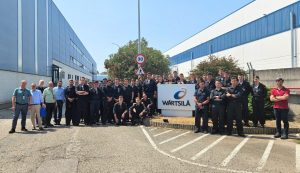
Wärtsilä Group is dedicated to the development of smart technologies and complete lifecycle solutions for the marine and energy markets. Its main customers include navies from various countries. The plant visited focuses its operations on the design, manufacturing, and repair of bearings, stern tube bearings, couplings, and propeller shafts, among other components essential for ship propulsion.
The GGMM2º were received by the Director of Operations, Mr. Víctor Gómez; Mr. José Antonio Vázquez, head of Engineering; Mr. Patrick Isaac, as representative of the Production Department; and Mr. Borja Prado, head of the QEHS Department (Quality, Environment and Health and Safety).
After the reception and welcome, the visit, which lasted approximately 2 hours, began with a talk on safety instructions, as well as a brief presentation of the company by the management team.
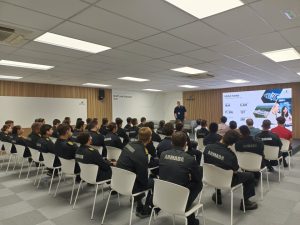
Subsequently, the GGMM2º toured the Engineering and Product Development departments, where they were able to appreciate the resources devoted to continuous adaptation to the environment, through solutions that can be customized to meet the design of specific vessels and their operational needs. In this context, it was explained how some of the conditioning factors of the company’s business model lie in the development of technological solutions adapted to the customer’s needs in the different fields of action.
The visit continued in the workshop area, where the students were able to learn about the different products and technological manufacturing processes, handling conceptual terms from the fields of manufacturing, machines and engines, and ship theory. The main focus was on laser coating technologies (which the company has patented) and those related to anti-friction materials.
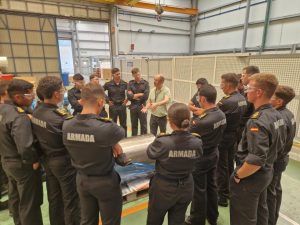
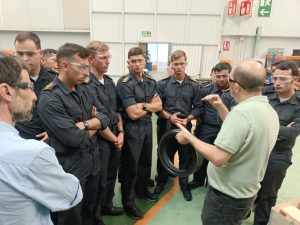
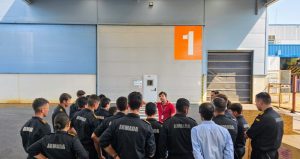
The visit allowed the students to get to know the facilities where unique projects have been undertaken, such as the supply of propulsion tunnels for some of the world’s largest cruise ships, or support and thrust bearings for nuclear submarines and icebreakers.
